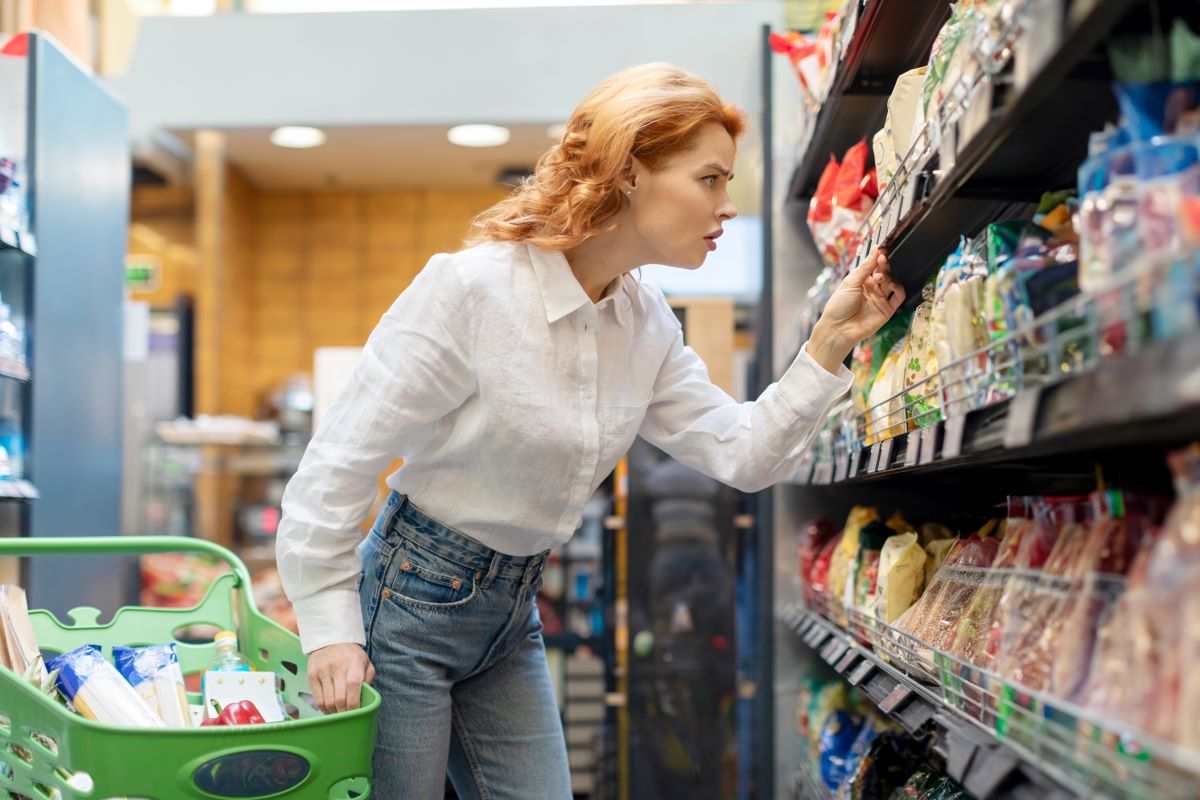The Benefits We Experienced by Ditching Processed Foods
Switching our family to a diet devoid of processed foods turned out to be more than just a diet change—it was a revelation. Here’s how it unfolded, complete with personal experiences and scientific insights:
1. Decision to Change

Tired of feeling sluggish and dealing with our son’s ADHD symptoms, we decided to cut out processed foods. We aimed for a diet that could improve not just physical but also mental health.
2. Grocery Shopping Overhaul

We started reading labels more critically. Out went foods with high fructose corn syrup, which is linked to obesity and insulin resistance, and in came more whole foods.
3. The Shock of Sugar

It was shocking to discover the amounts of added sugars in everyday items like bread and yogurt. Reducing these helped decrease mood swings and energy crashes.
4. Immediate Behavioral Changes

Our son’s focus improved remarkably. Cutting out artificial additives, known to exacerbate ADHD symptoms, made a significant difference.
5. My Husband’s Observations

Seeing the changes at home, my husband was motivated to spread this positive shift at his school, where he teaches.
6. Recipe Experimentation

We explored recipes that incorporated whole grains and fresh vegetables instead of relying on pre-packaged sauces and mixes laden with sodium and preservatives.
7. Increased Family Time

Cooking became a family activity, turning meal prep into a bonding experience rather than a chore.
8. Physical Health Improvements

We noticed fewer digestive issues, which was a direct benefit from cutting out MSG and other preservatives that can disrupt gut health.
9. School Proposal

My husband proposed a healthier menu at his school after witnessing our son’s transformation. This involved eliminating foods containing artificial dyes linked to behavioral issues.
10. School’s Trial Success

The school observed noticeable improvements in student behavior and concentration levels, mimicking the changes we saw at home.
11. Understanding Labels

We learned that BHT and BHA, common in cereals and snacks, are preservatives associated with cancer risks. Avoiding these became a priority.
12. Local Sourcing

Buying local not only supported nearby farmers but also reduced our intake of processed items, which often contain less nutrients due to long storage times.
13. Reduced Cravings

As we detoxed from high-sodium and high-sugar foods, our cravings for junk food diminished. We began to appreciate the natural flavors of food.
14. Budget Management

Initially more expensive, our new eating habits became more cost-effective as we learned to buy in bulk and choose seasonal products.
15. Long-Term Commitment

What started as a one-month experiment has become our new lifestyle, with sustained benefits that we continue to enjoy.
16. Physical Impacts

Chemicals like MSG can cause fatigue and headaches, while artificial dyes are linked to behavioral changes in children. Embracing a diet free from these harmful substances brought unforeseen improvements to our family’s life and wellbeing.
17. Broader Impacts

The positive changes in our family and the school prompted a broader discussion in our community about the role of diet in children’s behavior and learning.
18. Lasting Transformation

This lifestyle overhaul showed us how profoundly food affects health, behavior, and quality of life. We’ve embraced a healthier approach to eating that’s based on science and personal experience.
A New Chapter in Healthy Living

This journey taught us the power of whole foods and the dangers hidden in processed products. We’ve seen firsthand how food can truly be medicine, and we encourage others to discover this for themselves. Could this be the change you’ve been looking for? Try it and see how much better life can taste when you eat cleanly.
Banned in the USA: 14 Everyday Items We Can’t Have

Ever feel like America’s rulebook was written by someone with a dartboard? Across the pond or down under, things get even wackier. Let’s take a walk on the wild side of global “Do’s” that are definite “Don’ts” in the Land of the Free. Are you ready to find out just how bizarrely different the world can be? Banned in the USA: 14 Everyday Items We Can’t Have
Gone From the Shelves: Why 18 American Staples Vanished

Over the years, various foods that were once staples in American kitchens have been banned or are no longer allowed to be sold due to health, environmental, or ethical reasons. Here’s a list of 18 such items, detailing why they’ve been pulled off the market. Do you remember any of these? Gone From the Shelves: Why 18 American Staples Vanished
Eat & Drink at Your Own Risk: 20 Foods to Keep Away From Your Family

When it comes to food and drinks, not all choices are created equal. Some items on the shelves are so bad for your health that they’re almost legendary. Here’s a list of some of the absolute worst food and drink products—specific brands included—that you might want to avoid at all costs if you care about your nutritional intake. Eat & Drink at Your Own Risk: 20 Foods to Keep Away From Your Family
Featured Image Credit: Shutterstock / –.
The content of this article is for informational purposes only and does not constitute or replace professional advice.
The images used are for illustrative purposes only and may not represent the actual people or places mentioned in the article.







